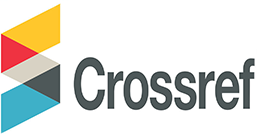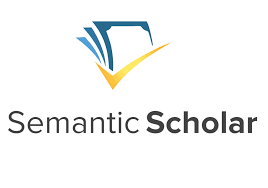Aspectual Pair Formation in Russian Verbs: A Cognitive Approach
##semicolon##
https://doi.org/10.69760/aghel.024058##semicolon##
Russian Aspect##common.commaListSeparator## Aspectual Pair Formation##common.commaListSeparator## Cognitive Linguistics##common.commaListSeparator## Prefixation and SuppletionSantrauka
Aspectual pair formation in Russian verbs represents a core grammatical feature that governs the temporal and contextual framing of actions. Traditional approaches to aspect focus on morphological mechanisms such as prefixation, suffixation, and suppletion, yet they often fail to address irregularities and semantic nuances. This study adopts a cognitive linguistic perspective, exploring how conceptual metaphors, image schemas, and mental mappings underpin aspectual distinctions. By analyzing patterns of pair formation, including both regular and irregular verbs, the research highlights the cognitive processes that align with bounded and unbounded conceptualizations of actions. The findings contribute to linguistic theory by integrating semantic and cognitive frameworks, while practical applications offer innovative strategies for teaching aspect to learners through mental imagery and contextualized learning. Challenges and unanswered questions, such as the treatment of suppletive forms and cross-linguistic comparisons, underscore the need for further interdisciplinary research to refine this approach.
##submission.downloads##
Publikuota
Numeris
Skyrius
##submission.license##
##submission.copyrightStatement##
##submission.license.cc.by-nc-nd4.footer##






